Edit, Download, and Sign the Understanding Ionic Bonds: Formation and Properties
Form
eSign
Add Annotation
Share Form
How do I fill this out?
To fill out this document, start by reading the provided summary. Focus on answering the guided questions in each section. Review the tables and complete them with accurate information.
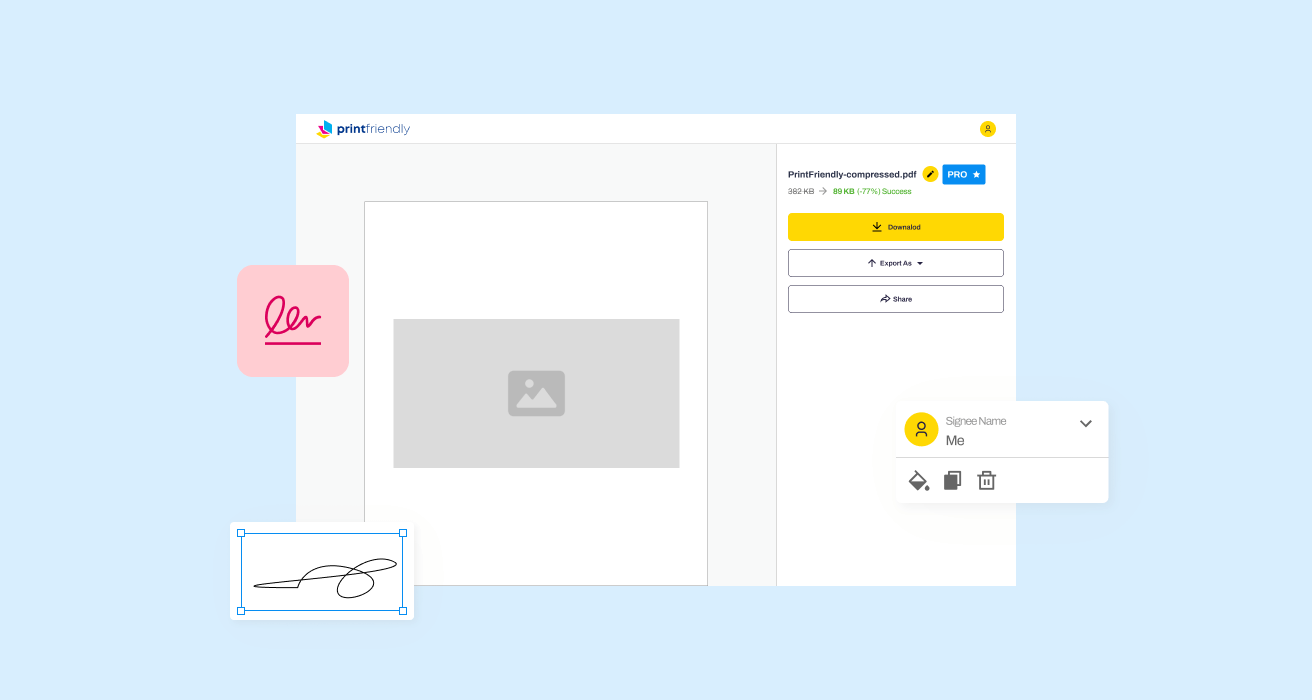
How to fill out the Understanding Ionic Bonds: Formation and Properties?
1
Read the summary section carefully.
2
Answer the guided questions provided.
3
Complete the tables with the correct data.
4
Review your entries for accuracy.
5
Submit the filled document as instructed.
Who needs the Understanding Ionic Bonds: Formation and Properties?
1
Students studying chemical bonding.
2
Teachers preparing chemistry lessons.
3
Researchers needing reference for ionic compounds.
4
Tutors assisting students in chemistry.
5
Individuals interested in learning about ionic bonds.
How PrintFriendly Works
At PrintFriendly.com, you can edit, sign, share, and download the Understanding Ionic Bonds: Formation and Properties along with hundreds of thousands of other documents. Our platform helps you seamlessly edit PDFs and other documents online. You can edit our large library of pre-existing files and upload your own documents. Managing PDFs has never been easier.

Edit your Understanding Ionic Bonds: Formation and Properties online.
You can easily edit this PDF on PrintFriendly by selecting the edit option after opening the file. Use the editing tools to add or modify content as needed. Save your changes before downloading the updated document.

Add your legally-binding signature.
Signing this PDF on PrintFriendly is simple; open the document and choose the signing option. Follow the prompts to add your signature in the desired location. Save the signed document for your records.
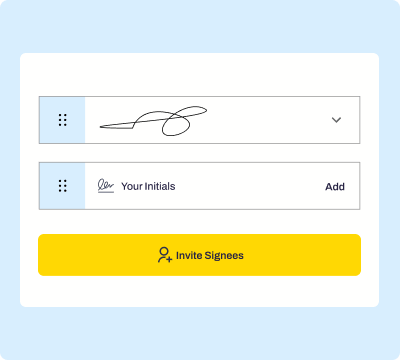
Share your form instantly.
To share this PDF on PrintFriendly, use the share link option available after editing. You can copy the shareable link or directly send it via email. This makes it convenient to collaborate with others.
How do I edit the Understanding Ionic Bonds: Formation and Properties online?
You can easily edit this PDF on PrintFriendly by selecting the edit option after opening the file. Use the editing tools to add or modify content as needed. Save your changes before downloading the updated document.
1
Open the PDF file in PrintFriendly.
2
Click on the edit button to enable editing features.
3
Make necessary changes or add new content.
4
Review your edits for accuracy.
5
Download the edited file to your device.

What are the instructions for submitting this form?
To submit this form, first complete all required fields. Ensure accuracy in your responses to avoid any discrepancies. You may submit via email to the provided address, or use any online submission forms available for this purpose.
What are the important dates for this form in 2024 and 2025?
As of now, there are no specific important dates associated with the use of this form. However, users should check for any updates or new editions in the upcoming years to ensure they have the most current information. Always refer to the latest instructional materials.

What is the purpose of this form?
The primary purpose of this form is to provide a structured approach to understanding the concept of ionic bonds in chemistry. It helps learners grasp the mechanics of how ionic compounds form and the characteristics that define them. This knowledge is crucial for academic success in chemistry and related fields.

Tell me about this form and its components and fields line-by-line.

- 1. Name: The name of the individual filling out the form.
- 2. Date: The date when the form is being completed.
- 3. Class: The class or course related to the content.
What happens if I fail to submit this form?
If you fail to submit this form, your responses may not be recorded or reviewed. It is important to ensure all fields are completed to avoid any issues with processing your information.
- Incomplete Information: Failure to submit may lead to missing critical data.
- Missed Deadlines: Late submissions could result in penalties or loss of credit.
- Lack of Feedback: Without submission, you may not receive necessary feedback or guidance.
How do I know when to use this form?

- 1. Educational Purposes: Use this form to enhance your understanding of ionic compounds.
- 2. Class Assignments: Complete this form as part of your homework or assignments.
- 3. Study Guides: Utilize the form as a reference tool for exams.
Frequently Asked Questions
What is the purpose of this file?
This file serves as a guide to understanding ionic bonds, their formation, and their properties.
How do I edit the content of this PDF?
Editing is simple; just open the document and use the edit tools to modify the text.
Can I download the edited PDF?
Yes, once you've made your edits, you can download the updated document.
What type of questions are included?
The document includes guided questions related to ionic bonds and their properties.
Is this file suitable for all learners?
Yes, this file is designed for both students and educators.
How can I share the PDF with others?
You can share it using the share link option after editing the document.
Can I sign the PDF?
Yes, PrintFriendly offers an option to sign your PDF easily.
What are the properties of ionic compounds?
Ionic compounds are typically hard, brittle, with high melting points and can conduct electricity when dissolved.
What are polyatomic ions?
Polyatomic ions consist of two or more atoms that act as a single charged entity.
Is there a fee to use PrintFriendly?
No, PrintFriendly allows you to edit and download PDFs at no cost.
Related Documents - Ionic Bonds Guide
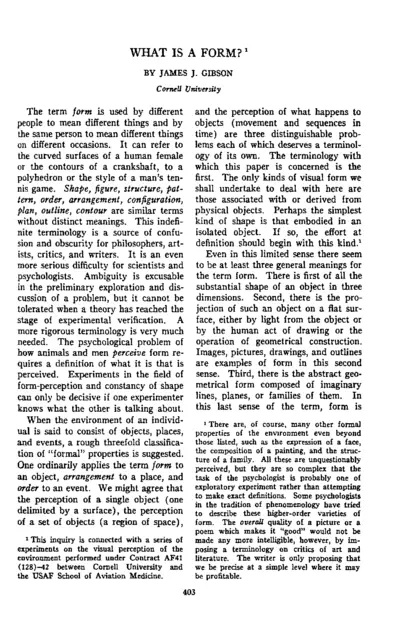
Understanding Form and Form-Perception by James J. Gibson
This document explores various definitions and theories of form, emphasizing the need for precise terminology. It delves into experiments related to the visual perception of form, distinguishing between solid and surface forms. The text critiques traditional views and presents new perspectives on form-perception.
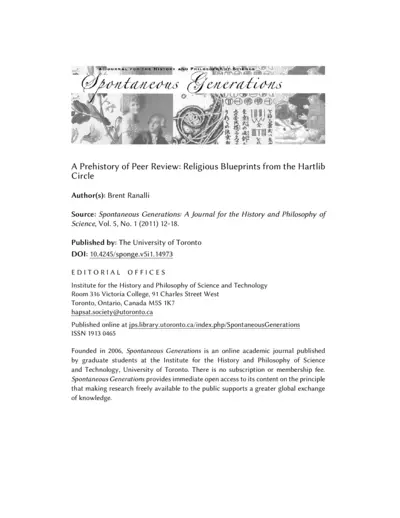
Prehistory of Peer Review: Religious Blueprints
This file explores the origins and development of peer review in science, tracing its roots to religious scholars in the Hartlib circle. It discusses the influence of the Royal Society of London and other early scientific organizations. The content is based on extensive historical research and analysis.
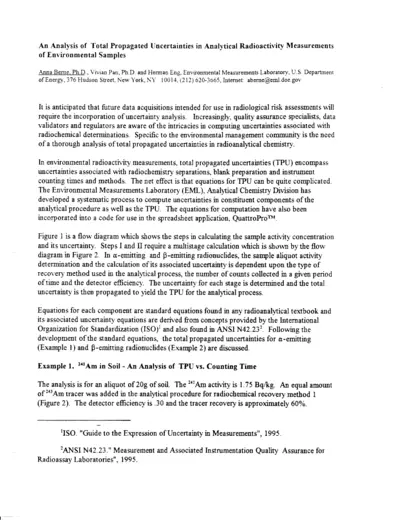
Analysis of Uncertainties in Radioactivity Measurements
This document discusses the uncertainties in analytical radioactivity measurements of environmental samples. It includes detailed equations and methods for calculating total propagated uncertainties. Useful for quality assurance specialists, data validators, and radiochemical analysts.
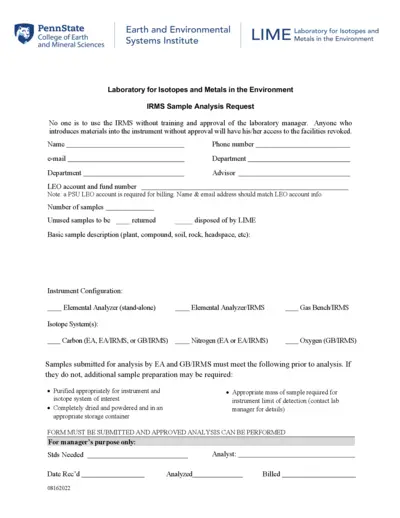
IRMS Sample Analysis Request Form Guidelines
This file contains instructions and details about the IRMS Sample Analysis Request Form. It is used to request sample analysis in the Laboratory for Isotopes and Metals in the Environment. Ensure you have the required approvals before using the IRMS.
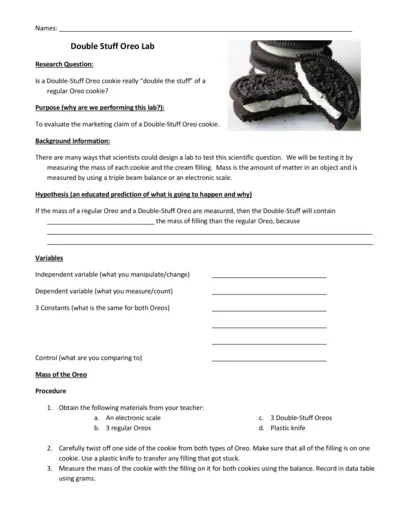
Double Stuff Oreo Cookie Science Experiment
This file contains details and instructions for conducting a science experiment to evaluate the marketing claim of Double-Stuff Oreo cookies. Users will measure the mass of regular and Double-Stuff Oreo cookies along with their fillings. It guides users through the process of data collection, calculation, and analysis using the scientific method.
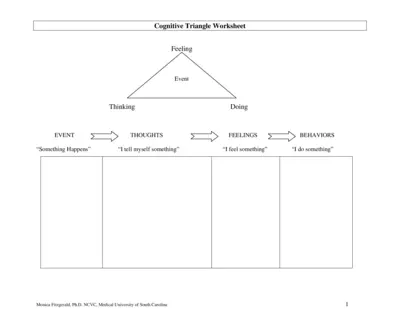
Cognitive Triangle Worksheet Instructions and Details
This file provides an overview and detailed instructions on how to use the Cognitive Triangle Worksheet. It helps users understand the relationship between their thoughts, feelings, and behaviors. Perfect for those interested in cognitive-behavioral strategies.

Engaging Doctor Pretend Play Printables for Kids
Transform playtime with free doctor pretend play printables designed for kids. These fun tools foster creativity and learning through imaginative play. Perfect for children from toddlers to first graders.
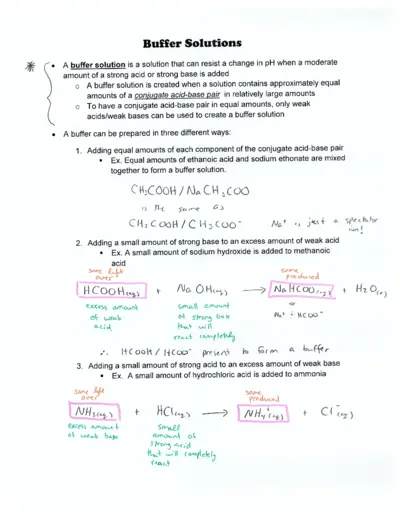
Buffer Solutions: Understanding Their Functionality
This file provides comprehensive insights into buffer solutions, including their preparation and pH resistance mechanisms. Ideal for chemistry students and professionals seeking to understand buffer systems. Practice problems included for hands-on learning.
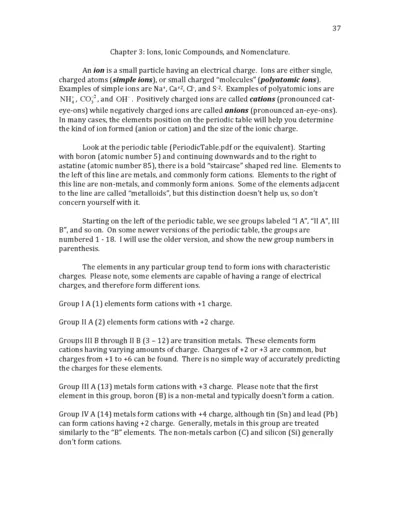
Ions and Ionic Compounds: Understanding Nomenclature
This file provides a comprehensive overview of ions, including their types, charges, and nomenclature rules. It covers essential details such as simple and polyatomic ions, and how to name them correctly. Perfect for students and professionals looking to deepen their understanding of ionic compounds.

Biology Form 3 Notes and Instructions
This file contains detailed biology notes for Form 3 students. It covers essential topics such as organism classification and characteristics of various kingdoms. Perfect for studying and exam preparation.
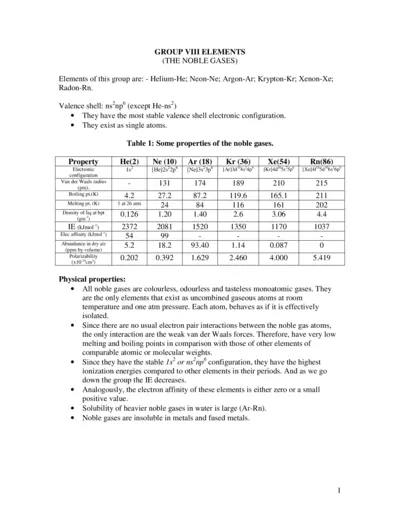
Noble Gases Properties and Chemical Behavior
This document provides a comprehensive overview of the noble gases, their properties, and chemical behaviors. It includes information on individual gases, their electronic configurations, and compound formations. Ideal for students and professionals in chemistry.
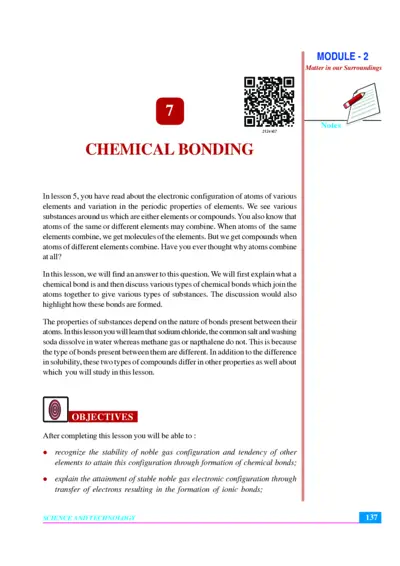
Chemical Bonding and Matter in Our Surroundings
This file provides detailed insights into chemical bonding, including ionic and covalent bonds. It covers the principles of matter in our surroundings and the electronic configurations of elements. Ideal for students and educators in chemistry to enhance their understanding.